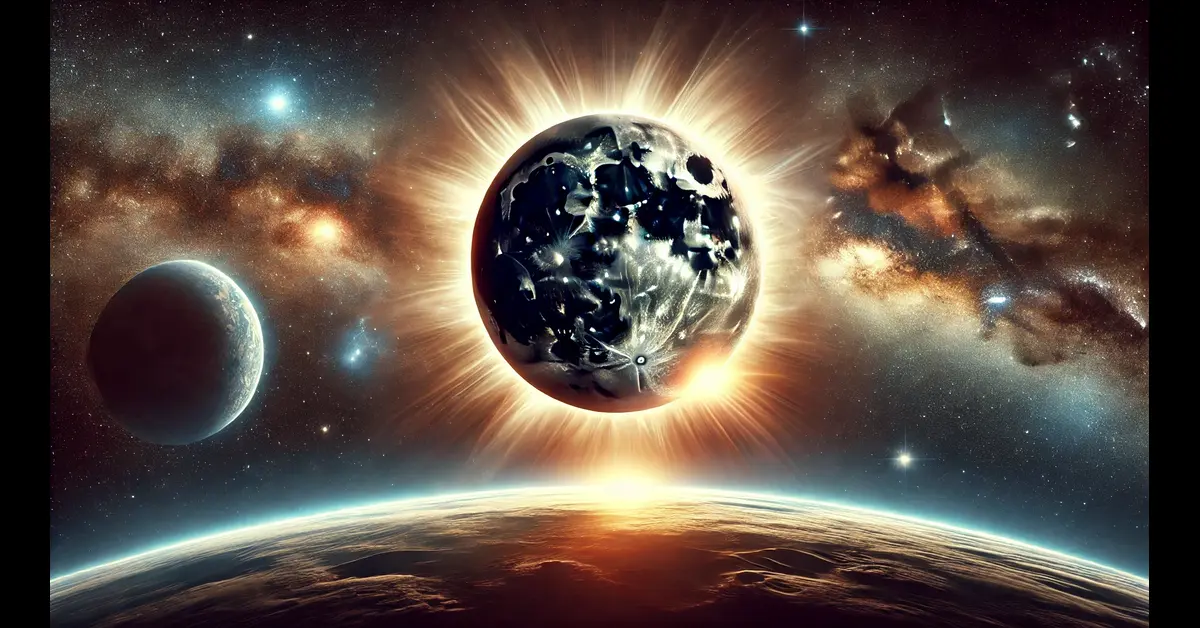A solar eclipse is one of the most breathtaking celestial events, capturing the attention of skywatchers worldwide. The solar eclipses of 2025 will provide two significant opportunities for observers to witness the Moon’s dance across the Sun. Whether you are a casual observer or an avid astronomy enthusiast, these eclipses are events you won’t want to miss.
What is a Solar Eclipse?
A solar eclipse occurs when the Moon moves between the Earth and the Sun, blocking out some or all of the Sun’s light. Depending on how the orbits align, an eclipse can be total, partial, or annular.
Types of Solar Eclipses:
- Total Solar Eclipse – The Moon completely covers the Sun, and only the Sun’s corona is visible.
- Partial Solar Eclipse – Only a part of the Sun is obscured by the Moon.
- Annular Solar Eclipse – The Moon covers the center of the Sun, leaving a bright ring (the “ring of fire”) around the edges.
Solar Eclipses in 2025
There will be two solar eclipses in 2025, both of which will be partial solar eclipses visible in different parts of the world.
1. March 29, 2025 (Saturday) – Partial Solar Eclipse
- Visibility: Parts of North America, Europe, Africa, northern Asia, and small sections of South America.
- Timing: In Spain, for example, it will begin around 10:30 AM CET, with the maximum obscuration occurring between 11:30 AM and 12:00 PM CET.
- Viewing Tips: Ensure you have proper eye protection like ISO-certified eclipse glasses to safely observe the event.
2. September 21, 2025 (Sunday) – Partial Solar Eclipse
- Visibility: This eclipse will be seen in regions such as Australia, Antarctica, the Pacific Ocean, and the Atlantic Ocean.
- Best Locations: The eclipse will be best observed from remote regions, so planning ahead is essential for those wanting a clear view.
- Safety Precautions: Use a pinhole projector or solar filters if viewing through telescopes or cameras.
How to Safely View the Eclipse
Looking directly at the Sun during an eclipse can cause serious eye damage. Here are some safe ways to observe the event:
- Eclipse Glasses: Always use ISO-certified solar viewing glasses to protect your eyes.
- Pinhole Projector: Create a simple projector to view the eclipse indirectly.
- Solar Filters for Telescopes and Cameras: If using telescopes or cameras, ensure they have proper solar filters.
The Scientific and Cultural Significance
Solar eclipses have been important in both science and culture for centuries. Scientists use eclipses to study the Sun’s atmosphere, while many cultures have ancient myths and traditions surrounding these celestial events. The 2025 eclipses will be another opportunity for scientists and enthusiasts alike to observe and study this fascinating phenomenon.

Final Thoughts
The solar eclipses of 2025 are must-see events for anyone interested in astronomy. While they won’t be total eclipses, the partial eclipses will still be spectacular sights. Make sure to mark your calendar, gather your eclipse glasses, and prepare for unforgettable experiences!
- Tags: Solar Eclipse 2025, Astronomy, Space Events, Eclipse Safety, Celestial Events, Solar Phenomena, Science and Nature, Skywatching, Partial Eclipse, Sun and Moon Alignment.



